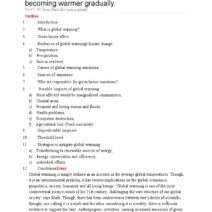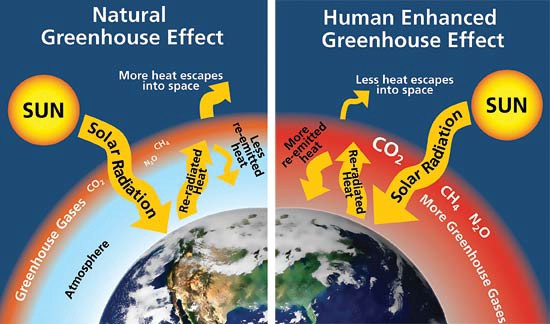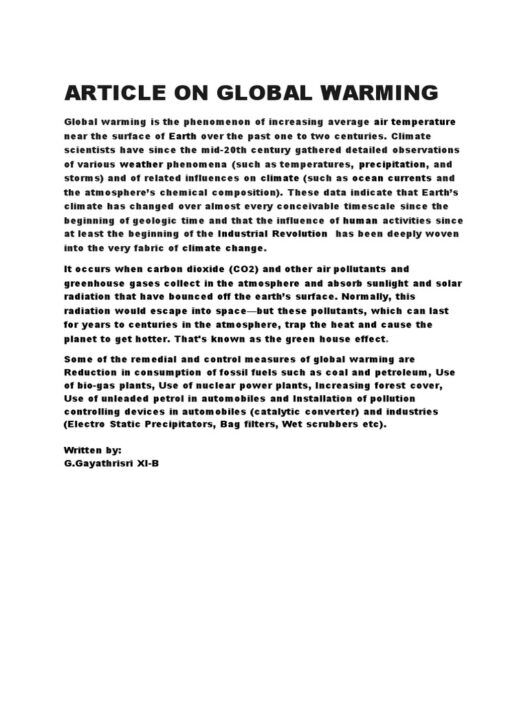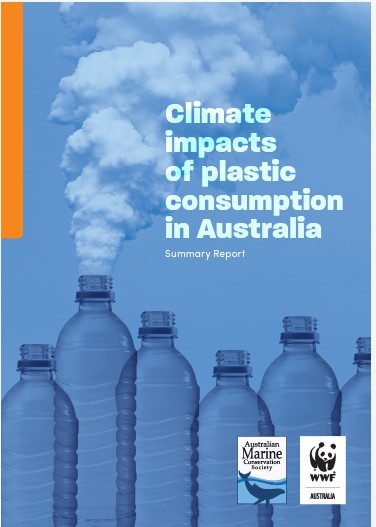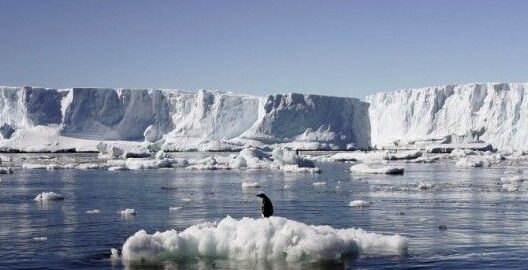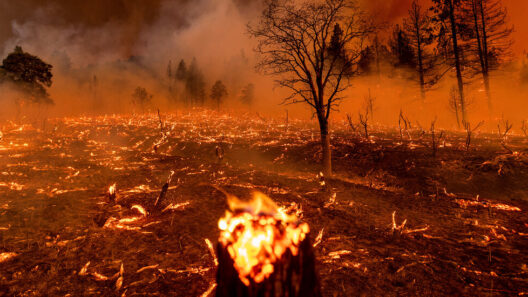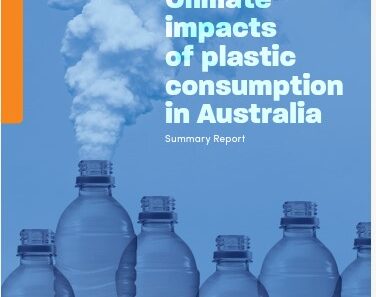The issue of global warming is intricately linked to the rise of greenhouse gases, particularly carbon dioxide (CO2). As civilization progresses, the delicate balance of our atmosphere has shifted, raising critical questions: What exactly does an excess of CO2 do to our planet? How does it contribute to the phenomenon known as the greenhouse effect? Understanding these relationships can illuminate the challenges we face in climate change.
At its core, the greenhouse effect is a natural process that warms the Earth’s surface. Solar energy from the sun reaches the Earth, and some of that energy is absorbed, while the rest is reflected back into space. In a healthy atmosphere, greenhouse gases like CO2, methane, and nitrous oxide trap some of this outgoing infrared radiation, retaining heat and maintaining a temperature that sustains life. However, when CO2 concentrations increase—primarily due to human activities such as burning fossil fuels, deforestation, and industrial processes—the homeostatic balance is disrupted.
Imagine if your cozy living room suddenly became a sauna because someone added extra insulating layers to the windows. This analogy illustrates how excess CO2 creates a scenario wherein not enough heat escapes into space, thus exacerbating global temperatures. It is akin to wearing a thick coat in a hot climate: the more layers you add, the more uncomfortable and overheated you become. The exponential rise of atmospheric CO2 levels has led to unprecedented temperature increases, resulting in myriad environmental consequences.
So, how does this happen? When we burn fossil fuels, CO2 is released into the atmosphere. This increases the concentration of CO2, enhancing the greenhouse effect. In 2023, atmospheric CO2 levels climbed beyond 420 parts per million (ppm), a stark reminder of the escalating urgency of this dilemma. The implications of this increase are profound. Higher CO2 concentrations result in more heat being trapped, leading to warmer global temperatures. This warming does not just mean hotter summers; it disrupts weather patterns, causing severe storms, droughts, and rising sea levels.
To complicate matters, the impact of global warming feeds on itself: as temperatures rise, ice caps melt, and forests dry out, which results in even more CO2 being released back into the atmosphere. This cycle of cause and effect creates a feedback loop that accelerates global warming and environmental degradation. Moreover, the ramifications extend beyond temperature increases. Ecosystems face unprecedented stress, potentially leading to species extinction and loss of biodiversity. What might surprise you is the extent of these interactions—each element of our biosphere is interconnected, and these relationships can have cascading effects.
The fallout from too much atmospheric CO2 can be alarming. Coral reefs, for instance, are highly sensitive to changes in sea temperature and acidity, both influenced by CO2. Increased CO2 not only warms the waters but also leads to ocean acidification, impairing coral growth and threatening marine life that relies on these ecosystems. Land ecosystems face similar challenges; altered precipitation patterns and rising temperatures affect plant and animal ranges, as species struggle to adapt or migrate in search of suitable habitats.
The biological implications are staggering. Agricultural systems are under threat from intermittent weather extremes, as crops fail or yield diminish. Increased CO2 initially promotes vegetation growth, often termed the “CO2 fertilization effect,” but the consequential climate shifts—ranging from drought to deluge—can negate these benefits, creating food insecurity and economic turmoil. What can be termed an irony of excess CO2 is that while it may stimulate initial growth, the long-term impacts on sustainability are tremendously dire.
Looking ahead, what can we do to challenge this environmental dilemma? The first step lies in recognizing the significance of reducing carbon emissions. Renewable energy technologies, such as solar, wind, and hydroelectric power, present viable alternatives to fossil fuels. Transitioning to these energy sources can significantly cut down on CO2 emissions, which is essential for curbing the greenhouse effect. Furthermore, improving energy efficiency in industries and households alike can help alleviate our carbon footprint. The implementation of stricter regulations on emissions, alongside incentives for contemporary technologies, can serve to galvanize this transition.
Another pivotal action involves conservation practices. Forests function as carbon sinks, absorbing CO2 and providing habitats for myriad species. Protecting existing forests, restoring degraded lands, and engaging in reforestation efforts contribute to maintaining the Earth’s balance. Community engagement in sustainability practices, such as reducing waste, recycling, and supporting local agriculture, can amplify these efforts at a grassroots level. Simple lifestyle changes can yield significant impacts when adopted at scale.
In conclusion, while the challenge posed by excess carbon dioxide and global warming may feel daunting, proactive measures can set us on a course toward mitigation. Collective efforts—spanning from technological innovation to grassroots activism—can grapple with the greenhouse effect and engender a sustainable future. Hence, as we confront the impacts of climate change, we must ask ourselves: Are we willing to transition toward practices that safeguard our planet? The responsibility lies with all of us to implement changes that catalyze a healthier environment for future generations. The Earth’s future hinges on our actions today, emphasizing the pressing need for collective consciousness in combating climate change.


